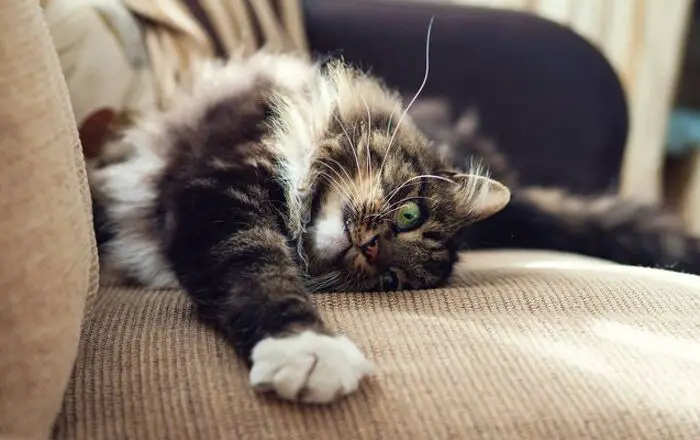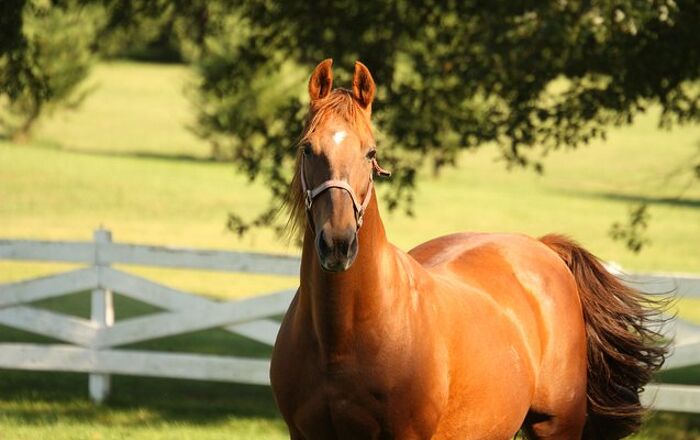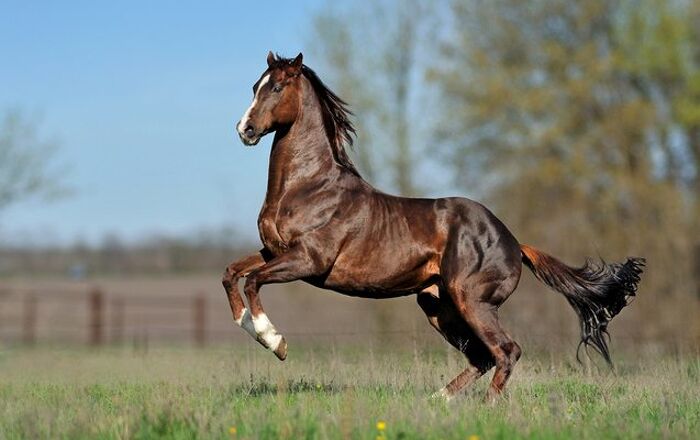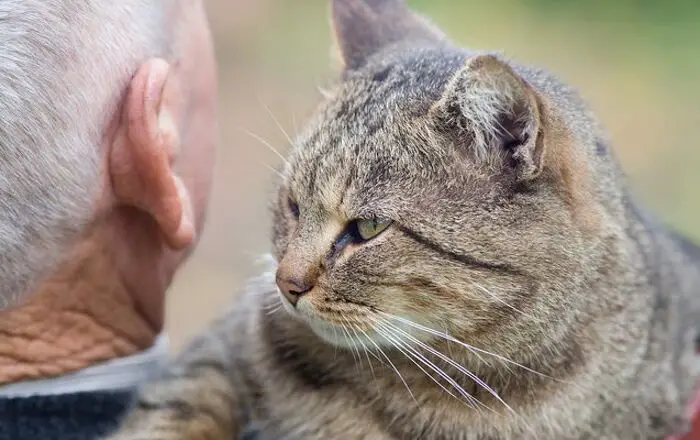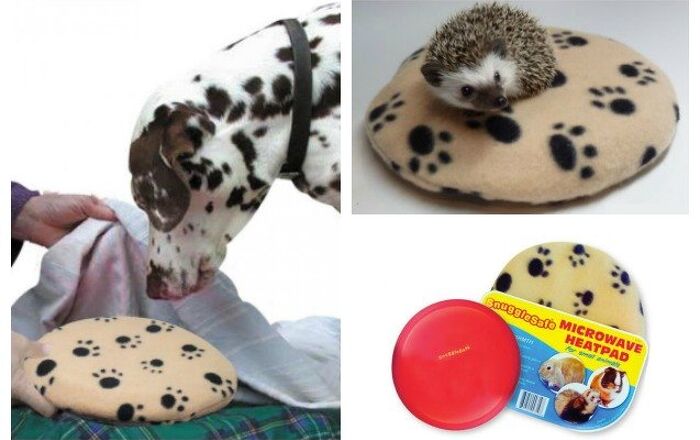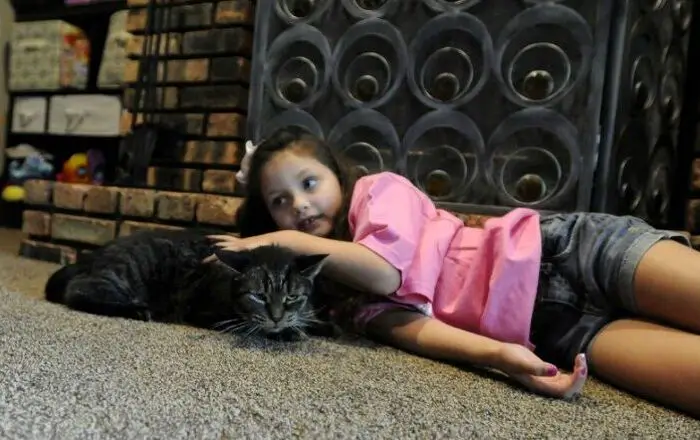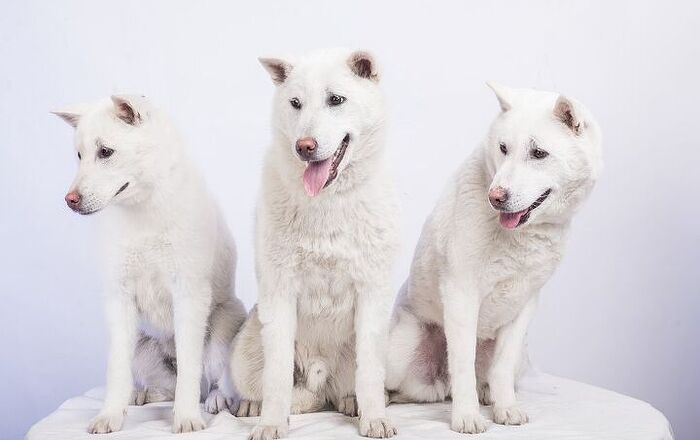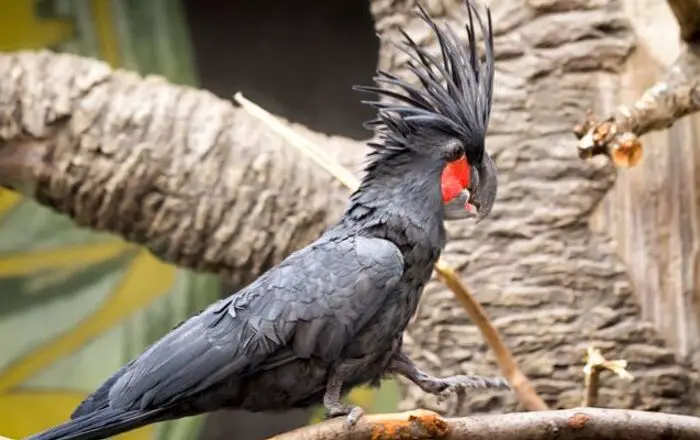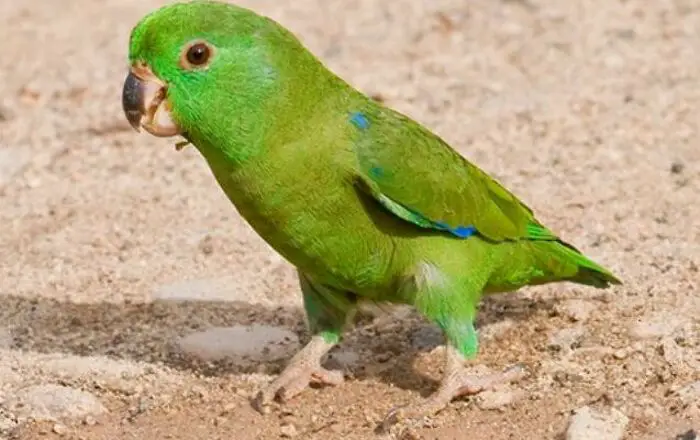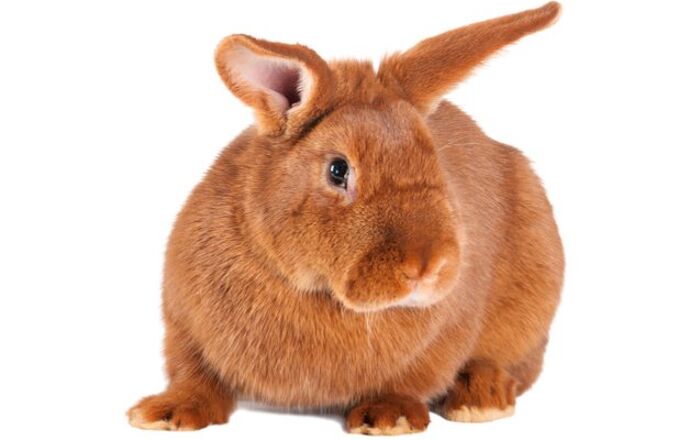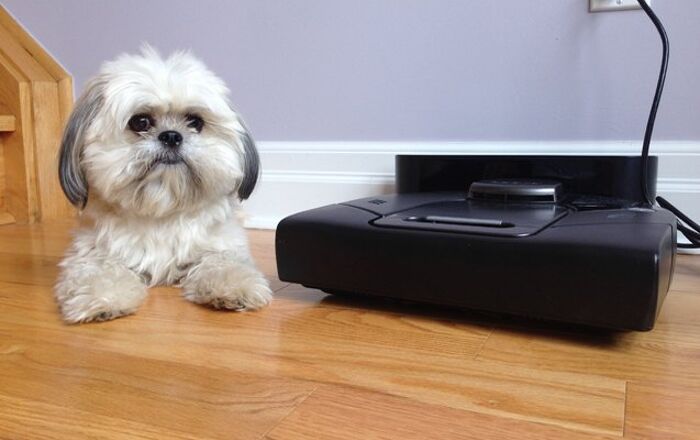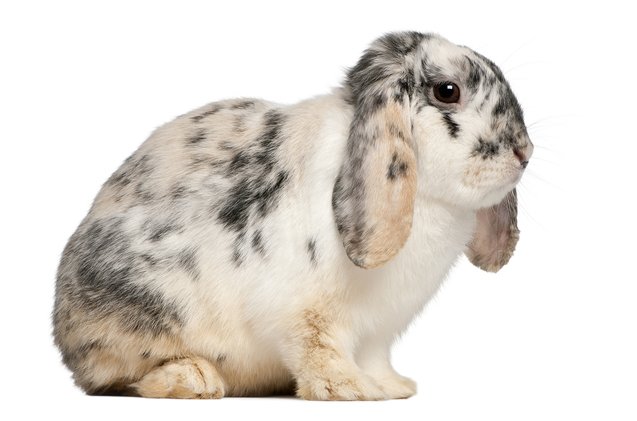
French Lop Breed History/Origin
Believed to have been bred using an English Lop and a French Butterfly rabbit, the French Lop was mostly used as a meat animal when it was first bred in France around 1850. This rabbit rose in popularity in neighboring European countries such as the Netherlands, Belgium and even Germany. In 1933, it was reported that approximately 10 French Lops were brought over from the Netherlands and exhibited in the United Kingdom, although it wasn’t until the 60’s that they became popular in the UK. Finally, these lovely rabbits made their way overseas to the United States circa 1970-1971.
The French Lop is a large breed of rabbit that makes for a wonderful pet, due to their calm, docile temperament.
Overall Description
This rabbit resembled the Flemish Giant of today, but weighs more and is shorter in body length. They are a large rabbit breed with short, straight front legs and hind legs that run parallel to the body. Their ears are usually 5-8 inches long and hang just below the jaw, but aren’t as long as the English Lop’s. French Lops also have a thick body and a large head with a wide forehead and chubby cheeks.
Coat
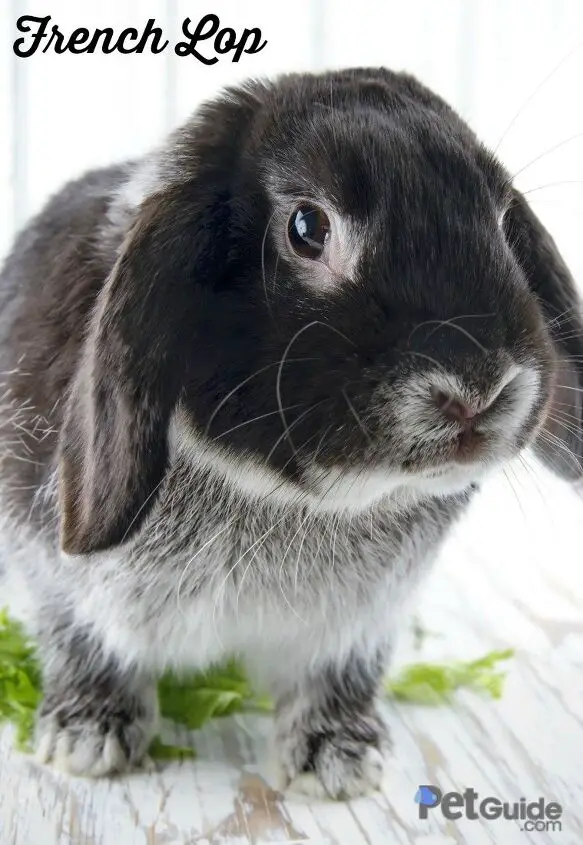
This rabbit’s rollback coat is dense, short and soft. Because it isn’t very long, their coat is not appropriate to spin in order to make wool, but they do shed more in particular seasons. During off-season shedding times, one brushing a week with a bristled brush should be sufficient. When springtime rolls around, increase their brushings to twice or three times a week (if necessary).
Colors
French Lops can come in a variety of different colors both solid and broken. These colors include white, brown, blue, black, opal, fawn, chinchilla (grey), steel and Siamese (cream and brown). They do not have any particular markings that defines their breed from any other rabbit breed.
When socialized at a young age, a French Lop will stick by your side wherever you go.
Care Requirements
A French Lop’s diet does not differ from any other rabbit breed. It should be 70 percent hay (there are several types of hay/rabbit-friendly grass available on the market), with the remaining 30 percent being a healthy mix of pellets, fruits, vegetables and leafy greens. Research what kind of fruits, vegetables and greens are rabbit-friendly and if you’re not sure if a particular food can be eaten, the rule of thumb is simply not to give it to them. Stop, research, and/or ask your veterinarian if it is bunny-safe before feeding.
Due to its large side, French Lop enclosures need to be bigger than a typical rabbit cage. Whether it is indoor or outdoor, the enclosure needs to have adequate space for your rabbit to stretch its body comfortably, relax, and still have plenty of space to move about. Outdoor enclosures need to have protection from the elements such as cold, sun, rain, heat, etc. Always be aware of the temperature, weather and if predators are around your area such as coyotes. It is for that reason that outdoor enclosures should be raised from the ground and should have a ramp that leads to the ground “floor” so they can roam around there as well.
These giant bunnies need just as much time outside of their enclosures as smaller rabbits. They require time to roam around freely, hopping about either in the safety of your home or outdoors in a fenced backyard where they can feel the ground and grass beneath their feet. When socialized at a young age, these rabbits will stick by your side wherever you go. They make excellent indoor rabbits so long as they are given lots of time to roam out of their cages.
Health
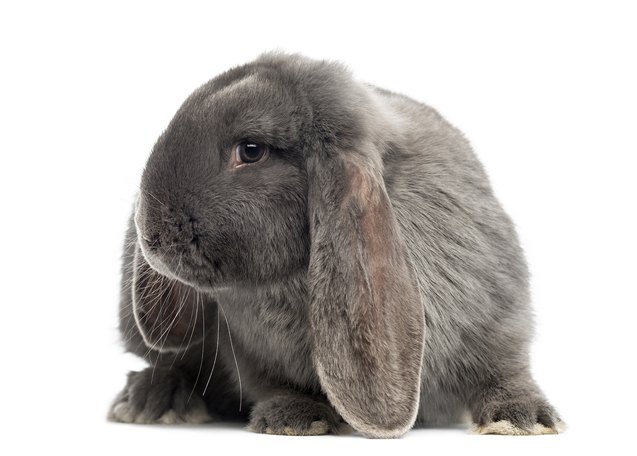
The French Lop does not have any health issues particular to its breed, however rabbit owners should check their pets for particular problems such as overgrown teeth. Overgrown teeth occur when the rabbit has a poor diet that does not consist mainly of hay, which slowly grinds their teeth down naturally. If your rabbit does not eat as much, doesn’t eat at all, has fewer droppings or just doesn’t seem to be him/herself, be sure to check their mouth for signs of overgrown teeth, which can grow into their jaw or face and be extremely painful.
A proper diet is also important to ensure other digestive problems don’t develop. For example, if your rabbit develops diarrhea because of a poor diet, their soiled coat can attract flies in the warmer months (especially if it is outdoors) and if the rabbit is unable to groom himself properly, the flies can lay eggs in his fur (near the bottom). When those eggs hatch, they will begin to eat your rabbit while they are still alive, causing them extreme pain- this is called flystrike. To avoid this, make sure your rabbit eats a balanced diet and check their fur for any flies that may have landed on soiled fur.
The French Lop also has a tendency to become a little overweight, which most rabbit parents don’t notice because of its already large size. Being overweight can cause a multitude of other health issues so always be aware of how much you are feeding your gentle giant.
The French Lop thrives on human interaction and loves to be picked up and petted.
Temperament/Behavior
This large breed of rabbit makes for a wonderful pet due to their calm, docile temperament. While they do well with adults and older children who are able to tend to them properly (such as not pulling their ears/fur/etc), they can be good with smaller children as well so long as both animal and child is well socialized. Because of their large size, they wouldn’t make great apartment dwellers or for first-time rabbit owners. Smaller creatures are best taken care of by a first-time rabbit parent.
Having said that, these gentle giants have a huge personality each different than the other rabbit. At first glance, it can be mistaken as a small dog but make no mistake about it, this rabbit is just as cuddly as any dog you’ve ever had. They thrive on human interaction and love to be picked up and petted, making them ideal for couples who want to take the next step into pet parenthood or singles who would like some animal companionship.
Always remember that unlike other animals, rabbits will chew on anything you leave around that is chewable: everything is fair game to them. While French Lops don’t have a tendency to destroy/chew things more than any other rabbit breed, always make sure to keep your rabbit occupied with a few toys that they can gnash their teeth on, else they may go after something that isn’t bite-friendly like your new pair of loafers. With plenty of patience and reward training, rabbits are also litter-trainable.
Photo credit: Anna-Mari West/Bigstock; Life on White/Bigstock

